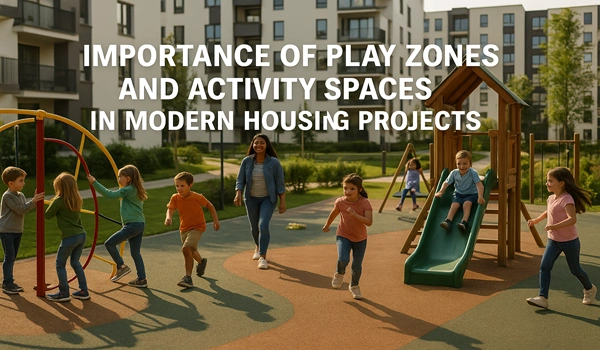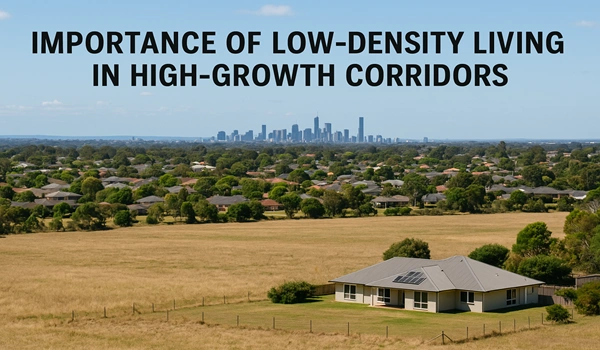How Access to Nature Improves Daily Living in High-Growth Urban Areas

As urban spaces in Bangalore continue to expand rapidly, the importance of green environments within city landscapes has become increasingly clear. In areas such as Sarjapur Road and Kodathi Village, where development is on the rise, access to nature is not just a visual amenity—it significantly improves daily life. Well-planned residential communities now consider natural surroundings as essential, not optional.
With projects like Birla Evara setting new benchmarks for nature-integrated living, a growing number of people are realizing how green spaces help foster healthier, more balanced urban lifestyles.
Physical Health Benefits of Natural Access
Living close to parks, gardens, and tree-lined avenues offers physical advantages that are difficult to replicate indoors. Green surroundings encourage regular physical activity, whether through walking, jogging, or cycling. Research shows that even a short stroll in a natural environment can boost cardiovascular health, reduce blood pressure, and improve immune function.
In high-density urban corridors like Sarjapur Road, having nearby natural spaces helps residents stay active without needing to travel far. Families in emerging neighborhoods such as Kodathi Village are also choosing homes that allow their children to play in clean, green outdoor environments.
Mental Well-being and Stress Reduction
One of the most notable advantages of living near nature is the positive effect on mental wellness. Trees, open skies, and landscaped zones provide visual and emotional relief from urban noise, traffic, and digital fatigue. Access to nature has been associated with lower levels of anxiety, better concentration, and a stronger sense of calm.
In high-growth areas of Bangalore, where work-life stress can easily overwhelm, daily interactions with nature offer a quiet retreat. Residents living in developments like Birla Evara benefit from carefully designed green features such as reflexology paths, meditation corners, and shaded walking trails.
Building Community Through Natural Spaces
Green zones also play a key role in fostering community ties. Open areas in residential developments serve as casual meeting spots, children’s play zones, or locations for weekend activities. These spaces create organic opportunities for social interaction, helping residents feel more connected to their surroundings.
As more families move to fast-developing parts of the city like Sarjapur Road, well-designed natural environments act as shared spaces where lifestyles and relationships flourish together.
Environmental Impact and Long-Term Livability
Green infrastructure also contributes to better air quality, lower ambient temperatures, and improved water management. In cities like Bangalore, which face urban heat and seasonal flooding, natural landscaping and thoughtful planting provide tangible environmental benefits.
New projects in Kodathi Village and surrounding localities are increasingly adopting sustainable designs that blend architecture with the environment. Rainwater harvesting ponds, native plant species, and energy-efficient landscape lighting are no longer niche features—they are key components of future-ready urban housing.
Access to nature plays a critical role in improving the quality of life in high-growth urban areas. As Bangalore’s neighborhoods continue to expand, integrating green spaces into the urban fabric becomes more than just a luxury—it is a necessity. Locations such as Sarjapur Road and Kodathi Village are leading this transition with thoughtfully designed communities that make room for natural connection.
Residential developments like Birla Evara reflect this shift, offering an urban lifestyle that embraces both comfort and well-being through strategic access to greenery and open space. As the city evolves, the value of living close to nature becomes clearer, promising healthier, more balanced living for generations to come.





